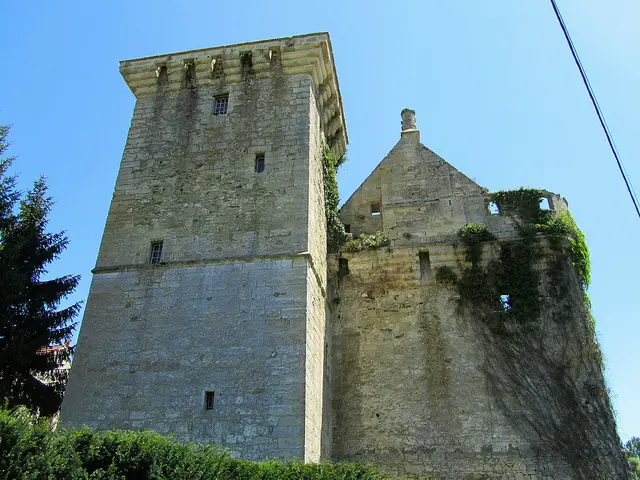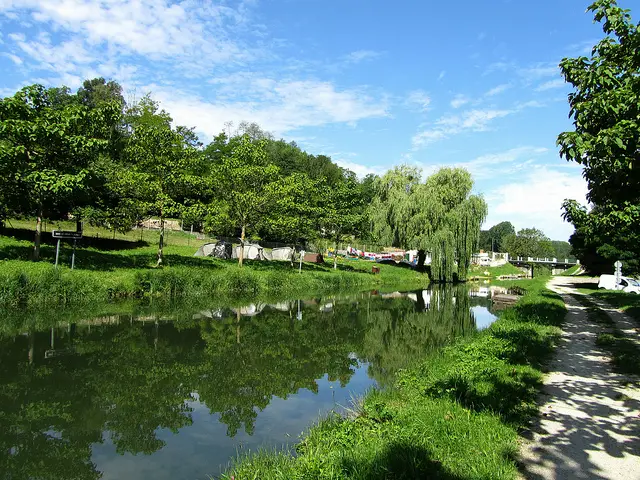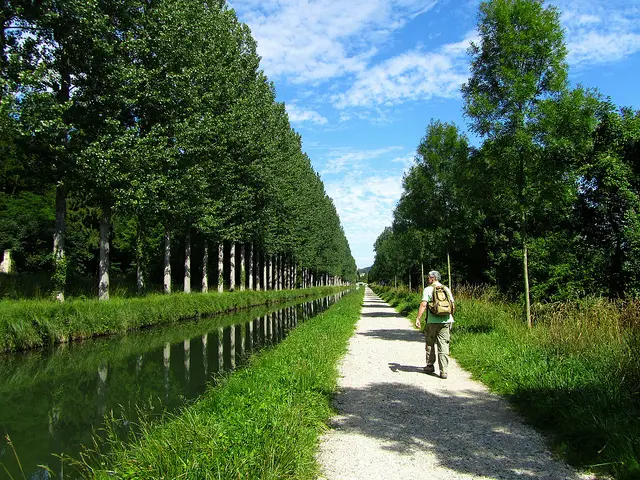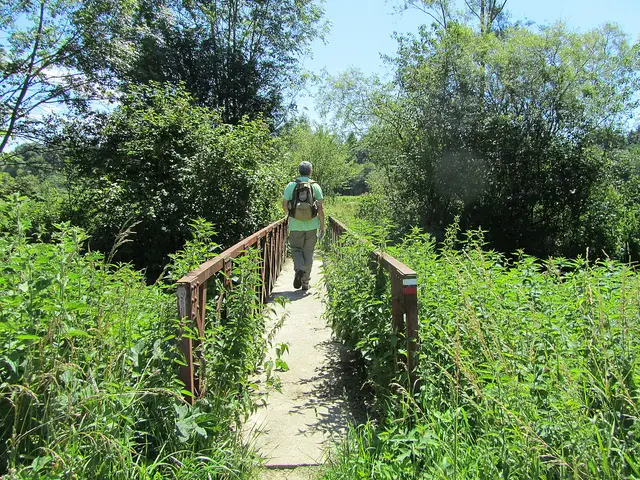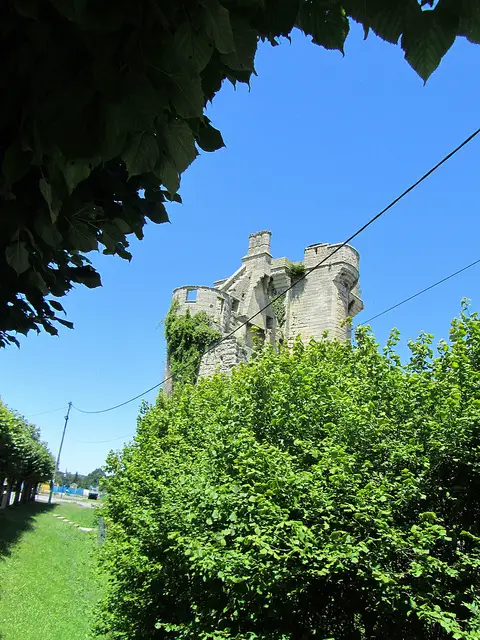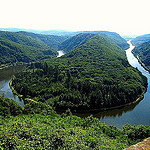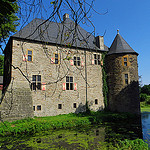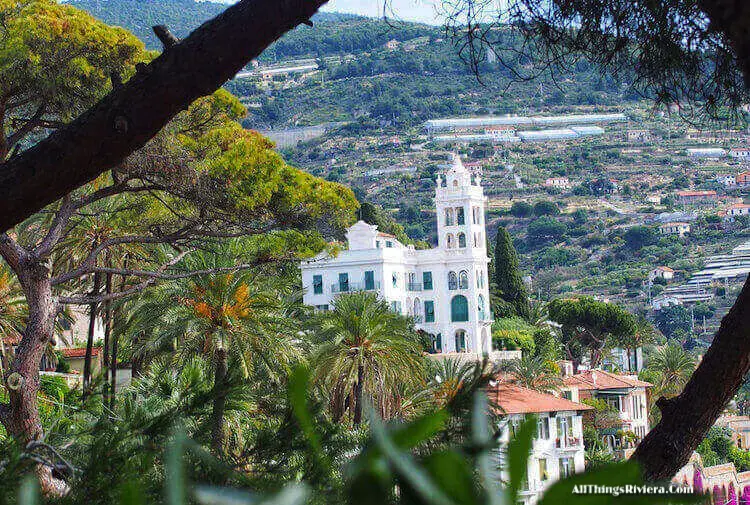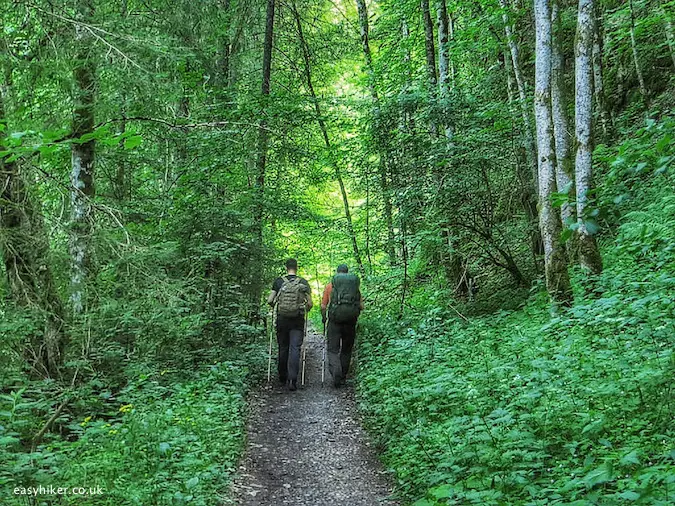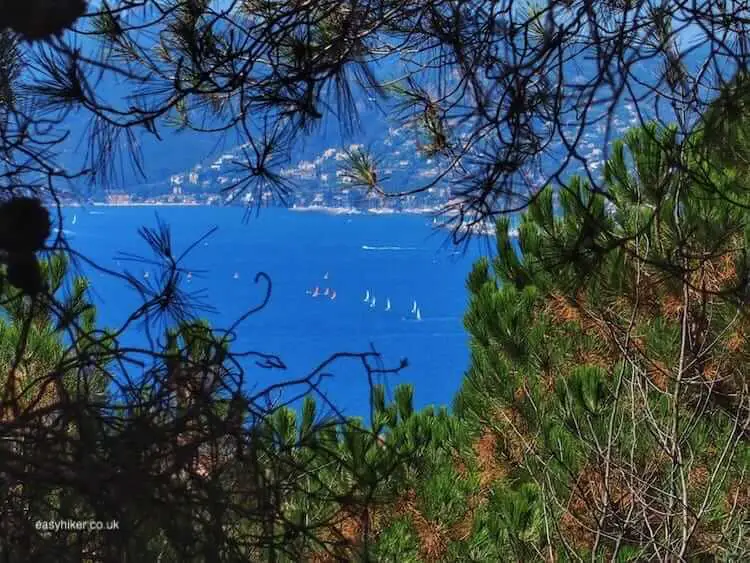Hiking near Paris
A Parisian Hike along the Canal de l’Ourcq
Paris would not be what it is without its canals. A walk along the Canal St Martin on a sunny day is a highlight in the itinerary of any visit to the French capital.
For the true Parisians, the Canal ends at the Bassin de la Villette near the Parc de la Villette Science Museum (Parisians know, of course, that this “canal”is rather a network of waterways instead of a single long ditch, but have never been sufficiently bothered to find out about the details.) Beyond that lie the Netherlands…. Scandinavia….. The moon….. In truth, “the canal” does not quite reach out that far. The Canal de l’Ourcq, however, makes a fair stab at it. At 109 km, it is by far the longest of the waterways in the network,
The first thing you should know about the Paris canals is that – unlike the waterways in and around,London – they were not primarily built for transport but to supply the capital with drinking water.
Never mind that later, towards the end of the 19th century, they came in handy for goods transports as well – which is when the stretch near Paris was made wider and deeper, allowing ships in with a load capacity of up to 1000 tons.
Further away from the capital, however, you can still stand in the canal without getting your knees wet. That explains why you don’t even see smaller leisure boats out there, never mind any commercial barges.
The original purpose of the canal also explains another of its features that you may notice during your walk: it flows, albeit slowly.
The engineers made sure of that because they wanted a non-stagnant source of healthy drinking water. The canals may no longer be used as a drinking water reservoir, but 50 percent of all Parisians “use water”:
The water you see flushing down the Parisian gutters, for example, is said to come from the Canal de l’Ourcq. The canal in its present form dates back to Napoleon (i.e. the early 19th century).
The first attempt to make the Ourcq work harder for the population of Paris, however, was already initiated by the greatest of French Renaissance kings, Francois I, mainly famous today (outside of France) for having brought Leonardo da Vinci to Paris.
And it was indeed the Old Master who – in between painting the Mona Lisa and writing long letters home to complain about the cold and the damp – drew the first blueprints for the lock system along the waterway.
One week-end, we did a Parisian hike by Canal de l’Ourcq to see what it must once have looked like.If like us, you want to take this hike, take the Francilien train (line P) from the Gare de l’Est in the direction of La Ferte Milon and leave the train at Crouy-sur-Ourcq.
Stock up on food and water before leaving Paris. There are no shops near Crouy station.
Turn right out of the station, leaving the castle ruins on your left (a genuine medieval structure that was destroyed in the French Civil War of the 1650s. Then, take the right again at the end of the parking lot, across the rails.
After about 50 metres, you cross the river Ourcq – or what is left of it: even at this early stage, most of its water has already been diverted into the canal.
Continue and after a short walk you will reach the canal itself.
Turn right and walk along the canal for some time (roughly an hour) past the villages of Varinfroy and Beauval on the other side of the waterway.
Just before you reach the village of Neufchelles, at the level of the Pont de Neufchelles, turn right into the forest.
Until now, it was almost impossible to lose your way, but this is about to change. Be on your toes: finding your way back again to Crouy is a decidedly tricky affair.
After you have crossed the rails, turn right where the path forks. The trail is, theoretically, marked throughout with a yellow bar (the “balisage”), but in fact, these marks are either well hidden or have the tendency to disappear just when you need them most. Look for a small metal bridge on your left and cross the river Ourcq (again) into a meadow.
Walk on the left hand side and straight into the forest. Turn into the path on your right and then left after app. 300 metres.
This path should conduct you to the outskirts of Crouy-sur-Ourcq. Do not walk into the town (unless you want to explore Crouy before returning to Paris): the train station lies in the exact opposite direction.
Instead, follow the balisage to your right, through a small settlement of residential homes, and turn right into another small forest where the path forks.
Take a sharp left turn at the chapel and complete the last stretch of your journey in a long curve past the wall of a large property. This will lead you back to the station.
One last word of warning: finding your way back to Crouy may not be your final challenge of the day.
Waiting for the train on a blazingly hot July afternoon in Crouy-sur-Ourcq station, we were the only people on the platform, something that always makes me uncomfortable. Where is everybody? Do these locals know something of which we were blissfully unaware?
Many times in the past, I am pleased to report, these suspicions proved to be completely unfounded, but not this time. At the scheduled time, no train arrived, and we were stranded on an abandoned platform in the searing afternoon heat of the Gobi desert. Say what you will about Crouy-sur-Ourcq station, but it sure holds the heat well.
It was only then that we found a notice, which said that on days when the temperature exceeds 28 degrees Centigrade (low 80s Fahrenheit), there are no trains down this stretch. (Apparently because of the poor state of the gravel underneath the rails.)
On those days, a shuttle bus takes passengers to the next station right from the car park, ten to fifteen minutes before the scheduled arrival of the train (allowing you to make the connection at the next stop).
But if you don’t know this, you may sit there forever waiting for a train that will only come once the heat wave is over.

